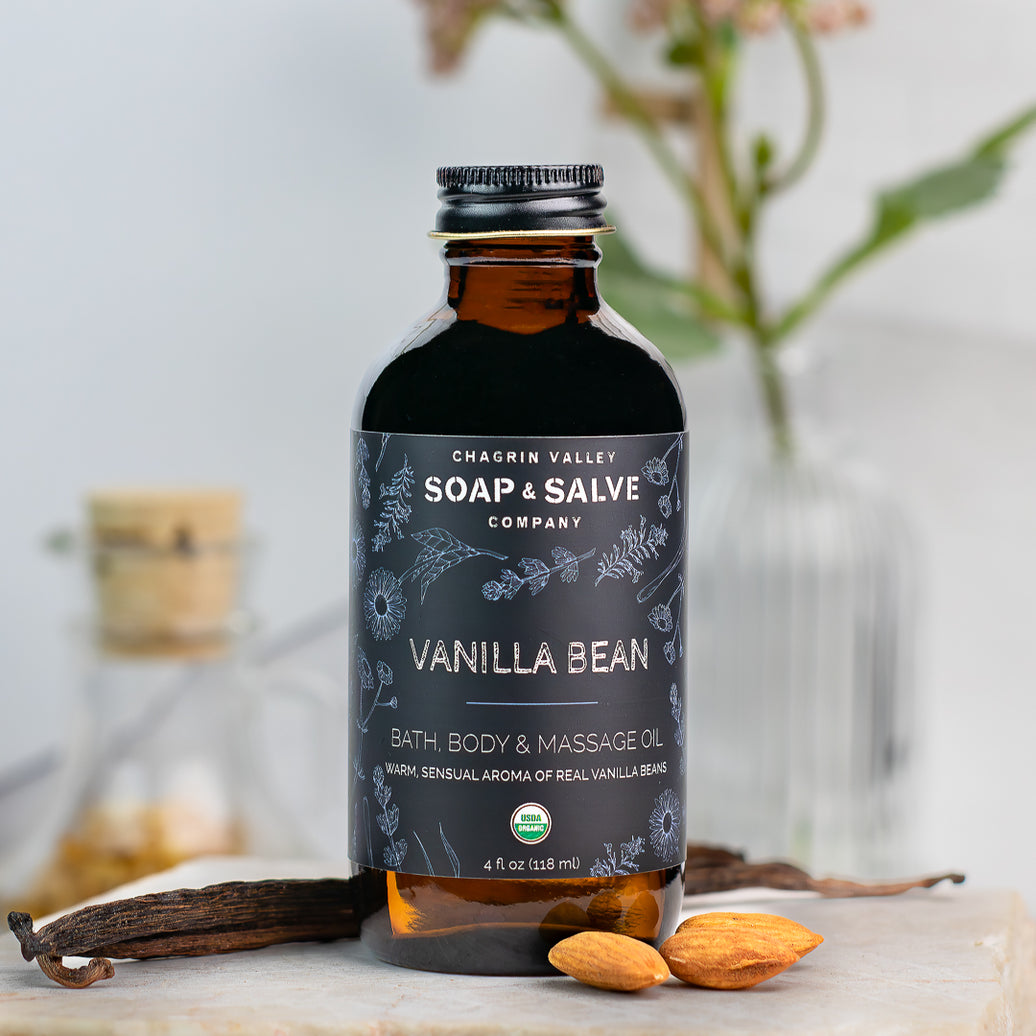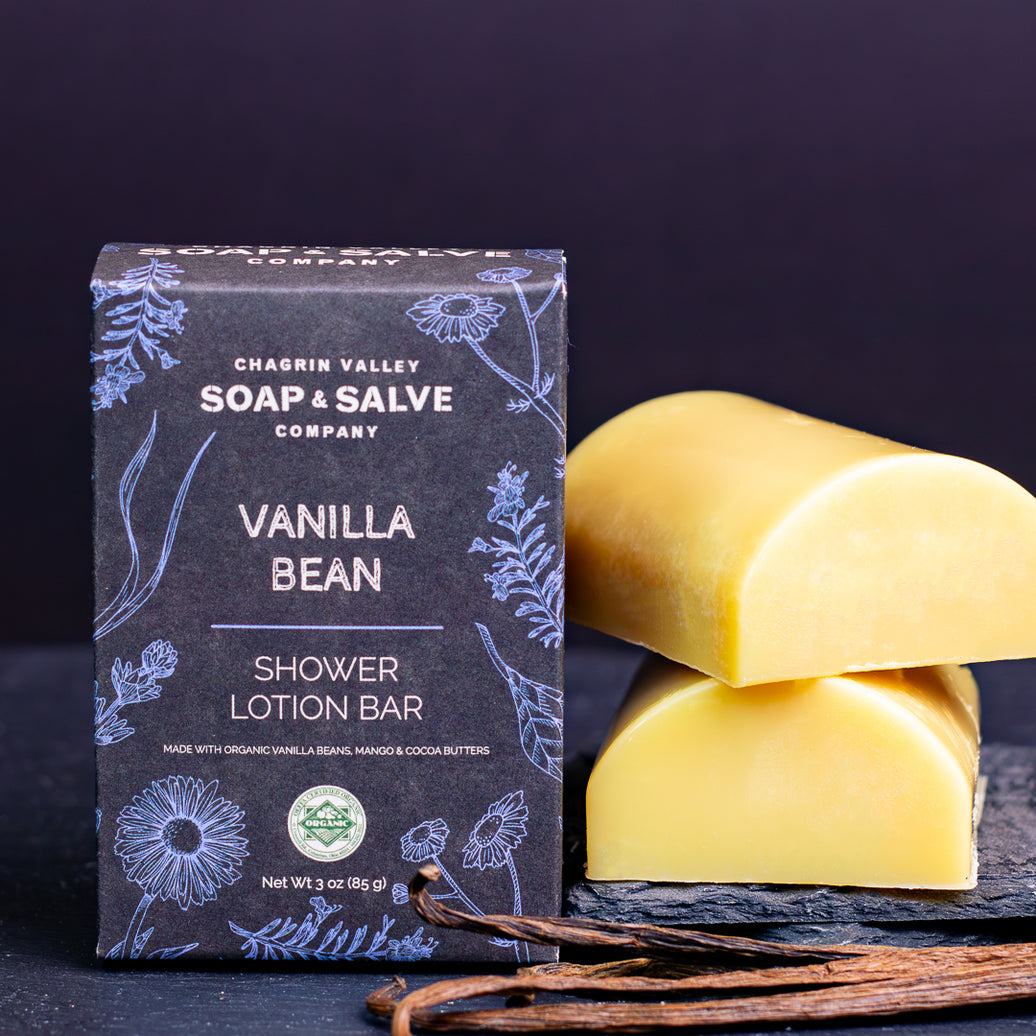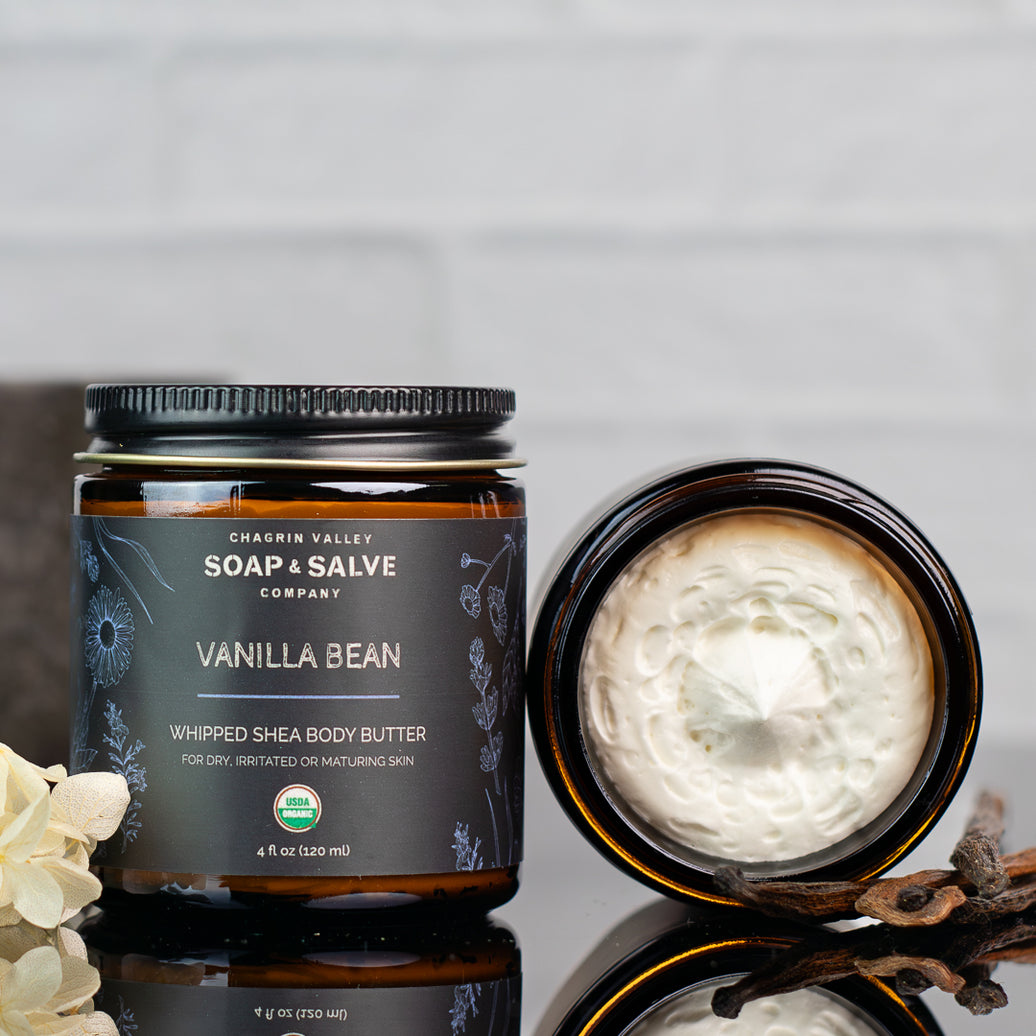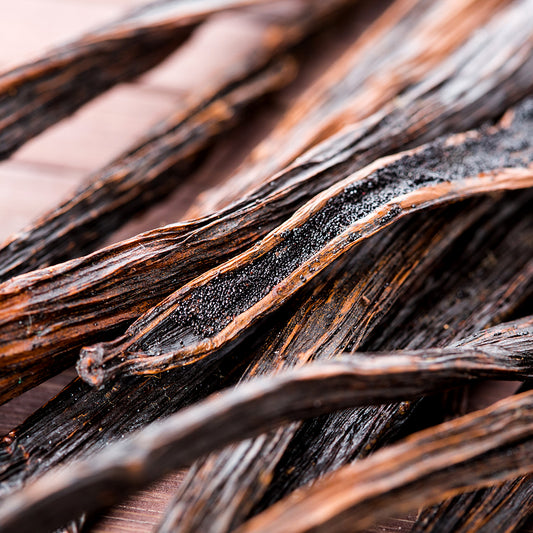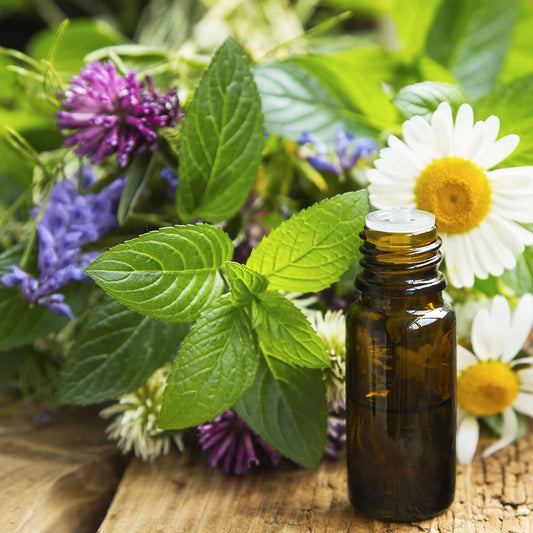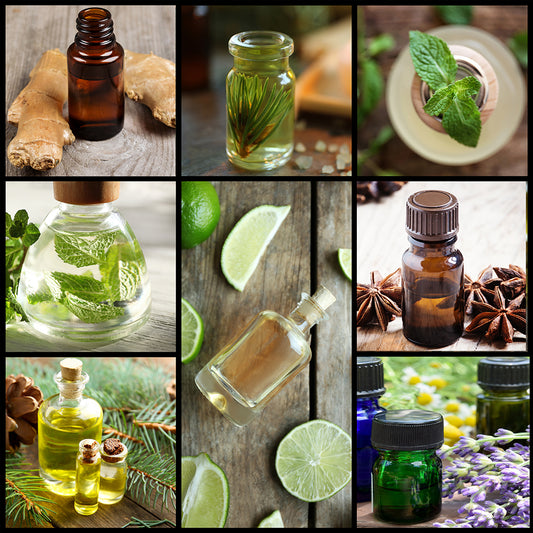Why Are Vanilla Beans So Expensive?
 The labor-intensive aspects of growing and harvesting vanilla beans, the effects of bad weather conditions and the consumer demand for natural vanilla bean products have been driving up the price of vanilla beans.
The labor-intensive aspects of growing and harvesting vanilla beans, the effects of bad weather conditions and the consumer demand for natural vanilla bean products have been driving up the price of vanilla beans.
Economists do not believe we can expect lower prices anytime soon.
Growing & Harvesting Vanilla Beans is Labor Intensive
Vanilla is a member of the orchid family native to Mexico but the world's largest producers of vanilla are Madagascar and the island of Réunion.
The story of the vanilla bean begins with the greenish-yellow orchid blossom. Vanilla beans will only grow if the vanilla flower is pollinated, and those flowers only bloom once a year.
One blossom will produce one fruit or bean pod. The blossom, which opens for only one day must be hand-pollinated within a few hours after it opens, otherwise it wilts and dies.
 After pollination, the beans take six weeks to reach full size and an additional nine months to mature.
After pollination, the beans take six weeks to reach full size and an additional nine months to mature.
The mature, green, hand-picked beans have to cure for about six more months before they have the characteristic aroma and flavor of vanilla.
The curing process is time-consuming and cannot be rushed. After the seed pods are harvested, each one is soaked in hot water, then laid out in the Sun during the day, and then, while still warm, wrapped in blankets and allowed to sweat overnight.
About 5-7 pounds of green vanilla beans, which equates to about 300 blossoms pollinated by hand, are needed to produce one pound of cured vanilla beans. (Source: Smithsonian.com)
Weather & Poor Crops Affect Vanilla Prices
The price of Madagascan vanilla rose by nearly 150 percent after a poor harvest in 2015. In 2008 the price of vanilla beans was about $12.00 per pound. At the end of 2016, the price rose to $170.00.
Then in March 2017, Cyclone Enawo hit Madagascar. Since about 80% of the world’s vanilla fields are in Madagascar, the price of vanilla beans soared even higher. Shortly after the storm, the price increased to almost $400 per pound. Some economists believe that the cost will continue to increase since it takes up to four years for new vanilla crops to mature to farmable levels.
While there are other countries that produce vanilla beans, there are differences in vanilla beans based on where they are grown and how they are harvested. Most want bourbon vanilla from Madagascar.
A Note About Artificial Vanilla Flavoring
 In the 1800s and 1900s, the demand for vanilla beans exceeded supply. Since Vanillin is the main flavor component of cured vanilla beans, chemists wasted no time creating alternative sources by synthesizing vanillin from pine bark, clove oil, rice bran, and lignin.
In the 1800s and 1900s, the demand for vanilla beans exceeded supply. Since Vanillin is the main flavor component of cured vanilla beans, chemists wasted no time creating alternative sources by synthesizing vanillin from pine bark, clove oil, rice bran, and lignin.
Because of the shortage and expense of real natural vanilla, there has been a lot of interest over the years in creating, cheap synthetic preparations of vanillin.
Today, artificial vanillin is made from either lignin, a constituent of wood which is a byproduct of the paper industry, or guaiacol a petrochemical precursor. Synthetic vanillin is a cheap and reliable source of flavoring.
The vast majority of vanilla-flavored products on the market today use artificial flavoring. Actually, less than 1% of vanilla flavor comes from actual vanilla orchids. That means that the majority of vanillin used in products cannot be described as a “natural ingredient."
I can still remember buying bottles of "artificial vanilla flavoring" for baking in my younger days. It was so much cheaper and it did smell like vanilla.
Forty years ago when most consumers didn’t mind using “artificial ingredients,” there was little demand for natural vanilla beans. As a result, prices for real vanilla were so low that there was little incentive for farmers to grow vanilla beans and many farmers simply abandoned their plantations.
Increased Demand for Natural Vanilla Flavoring
 The increasing price of vanilla beans is a classic example of the economics of supply and demand. We all know that when the supply goes down, prices increase.
The increasing price of vanilla beans is a classic example of the economics of supply and demand. We all know that when the supply goes down, prices increase.
However, as the supply diminishes the demand for real vanilla beans has been steadily increasing, due to consumer demand for natural foods that are free of artificial ingredients.
Consumers now want real vanilla, not imitation flavoring.
Vanilla is not only used in vanilla flavored items, it is also added to baked goods and other products like chocolate to counter the bitterness of genuine cocoa. The demand for Madagascar vanilla beans in the natural ice cream industry is skyrocketing.
Since growing vanilla beans is so labor-intensive, it is the second most expensive spice after saffron.
For more information on Vanilla, please read our blog, "Vanilla Essential Oil? No Such Thing!"
